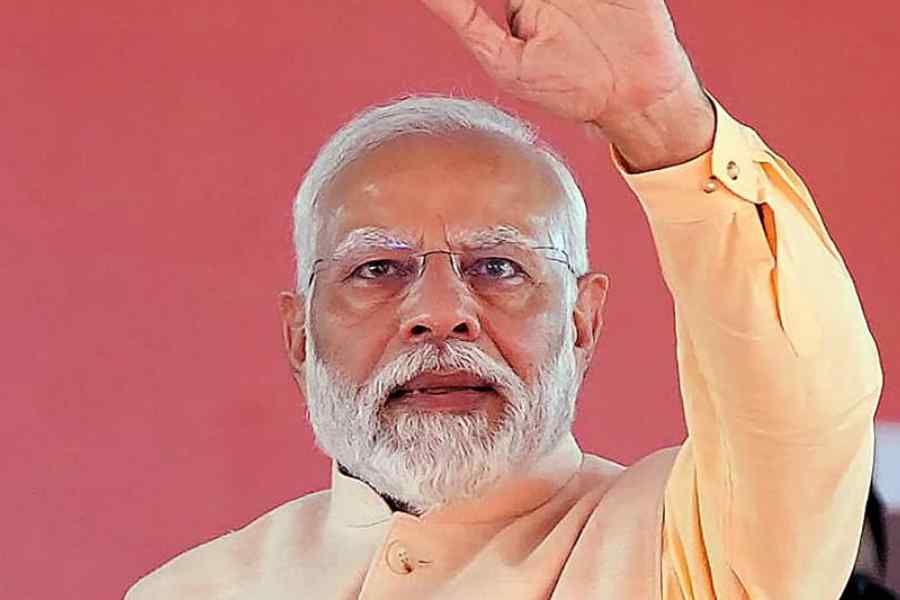The Uttarkashi tunnel rescue effort, delayed by unforeseen obstacles and a machine failure, breached the final metres of rubble using the “talent” of so-called rat-hole miners — workers engaged in a dangerous profession declared illegal nine years ago.
Manual digging was the best option to go through the final eight to 10 metres of the collapsed rubble and the skills of rat-hole miners were ideal for that task, officials and geologists monitoring the 17-day rescue effort said.
“It is an extremely hazardous profession, but they (rat-hole miners) have the skills to pass through extremely narrow spaces and dig there,” said Sanjay Rana, a geophysicist in New Delhi whose company provided a ground penetrating radar and other services to the rescue effort.
The practice of rat-hole mining emerged decades ago in coal mines, specifically for the extraction of coal from narrow seams. In this mining method, pits as small as 5sqm are dug vertically into the ground to reach the coal seam. Horizontal tunnels are then created into the seam.
“The shafts are so small that miners… have to squeeze in and crawl on their knees to extract coal using small implements such as pickaxes,” the Comptroller and Auditor General of India had noted in its 2018 report on the Union mining department.
Experts say rat-hole mining shafts and pits are dangerous because water can at times gush into mines and narrow spaces can flood quickly. In July 2012, 30 workers were trapped inside a mine in Meghalaya and 15 died.
The National Green Tribunal, an apex environmental court, had in April 2014, responding to a petition from a students’ union in Meghalaya, declared rat-hole mining as illegal and directed the state to stop the practice and the transport of illegally mined coal.
Officials acknowledged the use of these proscribed workers in the rescue effort. “The NGT has prohibited coal mining by this technique,” said Vishal Chauhan, member of the National Highways Authority of India. “But this is a skill used... this is a special life-saving situation. They are technicians helping us.”
Syed Ata Hasnain, member of the National Disaster Management Authority, said the rescue effort had used their “talent and capability.”
Yet, experts who have studied rat-hole mining in Meghalaya say the illegal practice has continued. In another incident in Meghalaya in 2018, 15 workers died after being trapped in a rat-hole mine.
The 2018 incident in the East Jaintia Hills provided evidence that rat-hole mining continued in the area despite the ban, Polakshi Bhattacharya Baruah, an assistant professor in economics at the Assam Don Bosco University, said in a 2021 study on health complaints among rat-hole miners.
For their study, Baruah and her collaborator Barsha Arengh relied on 110 miners who received wages ranging from Rs 300 per day to Rs 1,200 per day for their rat-hole mining tasks. The wage depended on hours spent in the mine and amount of coal extracted.
They noted that 71 per cent of the miners reported back pain, 64 per cent suffered from respiratory issues, and 57 per cent had skin problems. While the study flagged the health complaints among rat-hole miners, medical experts say only a controlled study would help determine whether any of the complaints were linked to their occupation.
A geologist tracking the rescue effort said after the drilling machine broke down after it hit metallic objects in the rubble that manual digging was considered the best option because there was a chance that another machine might again hit obstacles.
“With only 10 metres left, manual digging was the fastest option,” the geologist said.












